How to Modeling Real-World Situations Using Functions
Modeling real-world situations with functions is fundamental in mathematics and applied sciences. Functions allow us to understand and predict how different variables interact and influence each other. For additional educational resources,. For additional educational resources U.S. Department of Education website.
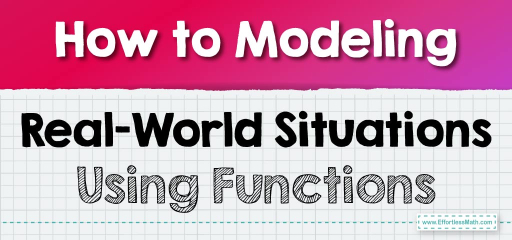
Step-by-step Guide to Modeling Real-World Situations Using Functions
Here’s a step-by-step guide to modeling real-world situations using functions: For additional educational resources,.
Understanding the Basics of Functions
- Definition of a Function: A function is a special relationship between two sets of variables. It relates every element in the domain (input set) to exactly one element in the codomain (output set).
- Variables in a Function:
- Input (Independent Variable or Domain): This is the variable you control or change. It’s what you put into the function.
- Output (Dependent Variable or Range): This variable depends on the input. It’s what you get out of the function after applying the function rule.
- Function Rule (Function Expression): This is an algebraic statement that defines the relationship between the input and output. For example, in the function \(f(x)=x^2\), the rule is to square the input value.
Modeling with Functions
- Identify the Variables: Determine what the inputs and outputs are in your real-world scenario. For example, if you are calculating the area of a rectangle, the length and width are your inputs, and the area is your output.
- Establish the Function Rule: Based on your understanding of the relationship, establish a rule. For the rectangle example, the rule would be \(Area=length×width\).
- Choose the Representation: Functions can be represented in three main ways:
- Graphs: Plotting the function on a graph helps visualize how the output changes with the input.
- Tables: A table of values showing inputs, the process (if applicable), and corresponding outputs.
- Algebraic Expressions: A mathematical formula that expresses a relationship.
Using Tables for Functions
- Create a Table: Make a table with at least three columns: one for the input values, one for the output values, and optionally, one to show the process (how you apply the function rule to the input).
- Fill in the Inputs: Decide on a range of input values and fill them in the first column.
- Apply the Function Rule: For each input value, apply the function rule to find the output. Record these in the output column.
- Analyze the Table: Look for patterns or relationships. This can help in understanding how changes in the input affect the output.
Final Word
Modeling with functions is about establishing relationships between variables and expressing them in a structured way. Whether through equations, graphs, or tables, functions provide a powerful tool to analyze and make predictions about real-world situations. For additional educational resources,.
Examples:
Example 1:
According to the values of \(x\) and \(y\) in the following relationship, find the right equation.
{\((2,5),(3,8),(4,11),(5,14)\)}
Solution:
- First Pair Analysis \((2,5)\): Notice that \(y=5\) when \(x=2\). Let’s hypothesize a relationship: if we multiply \(x\) by \(3\) and subtract \(1\), we get \(y\) (since \(3×2−1=5\)).
- Equation Hypothesis: \(y=3x−1\)
- Verification with Other Pairs:
- \((3,8): 3×3−1=8 \) ✓
- \((4,11): 3×4−1=11\) ✓
- \((5,14): 3×5−1=14\) ✓
- Conclusion: All pairs satisfy the equation \(y=3x−1\).
Example 2:
According to the values of \(x\) and \(y\) in the following relationship, find the right equation.
{\((1,4),(2,7),(3,12),(4,19)\)}
Solution:
- First Pair Analysis \((1,4)\): Here, \(y=4\) when \(x=1\). A possible relationship is that \(y\) is the square of \(x\) plus \(3\) (since \(1^2+3=4\)).
- Equation Hypothesis: \(y=x^2+3\)
- Verification with Other Pairs:
- \((2,7): 2^2+3=7\) ✓
- \((3,12): 3^2+3=12\) ✓
- \((4,19): 4^2+3=19\) ✓
- Conclusion: All pairs satisfy the equation \(y=x^2+3\).
Related to This Article
More math articles
- 7th Grade MCAS Math Worksheets: FREE & Printable
- The Ultimate SSAT Upper Level Math Formula Cheat Sheet
- How to Solve Multi-step Word Problems of Money
- 4th Grade PSSA Math Worksheets: FREE & Printable
- Top 10 SAT Math Prep Books (Our 2026 Favorite Picks)
- How to Prepare for the HiSET Math Test?
- PSAT 8/9 Math Worksheets: FREE & Printable
- Differentiability: Everything You Need To Know
- The Rules of Integral: Complex Subject Made Easy
- FREE 7th Grade FSA Math Practice Test

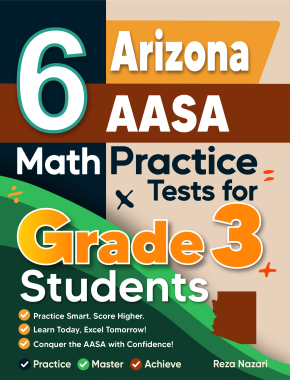
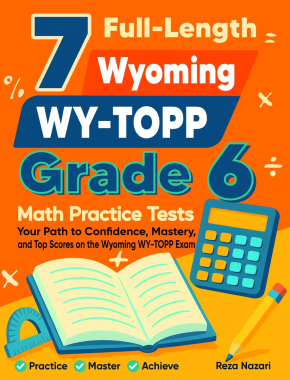
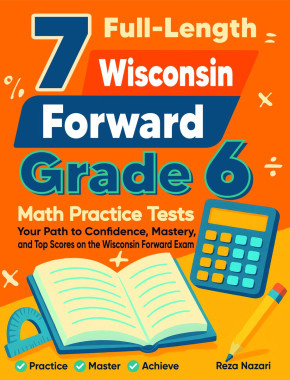

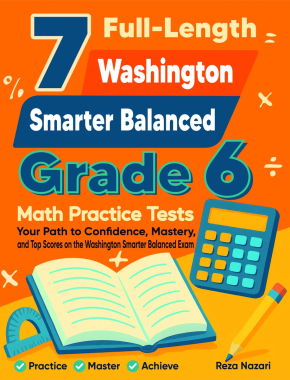


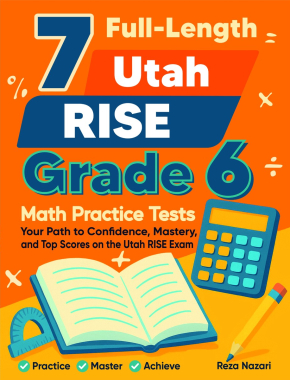

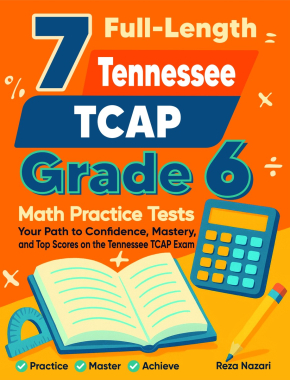
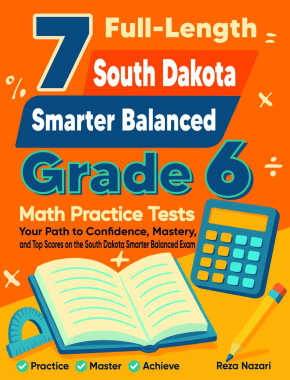
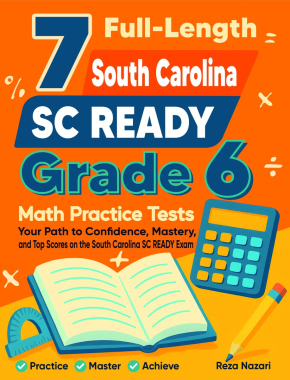


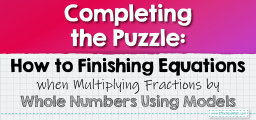



What people say about "How to Modeling Real-World Situations Using Functions - Effortless Math: We Help Students Learn to LOVE Mathematics"?
No one replied yet.